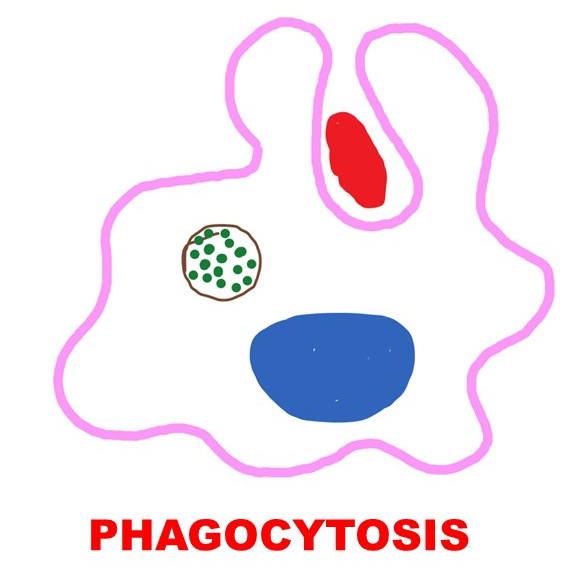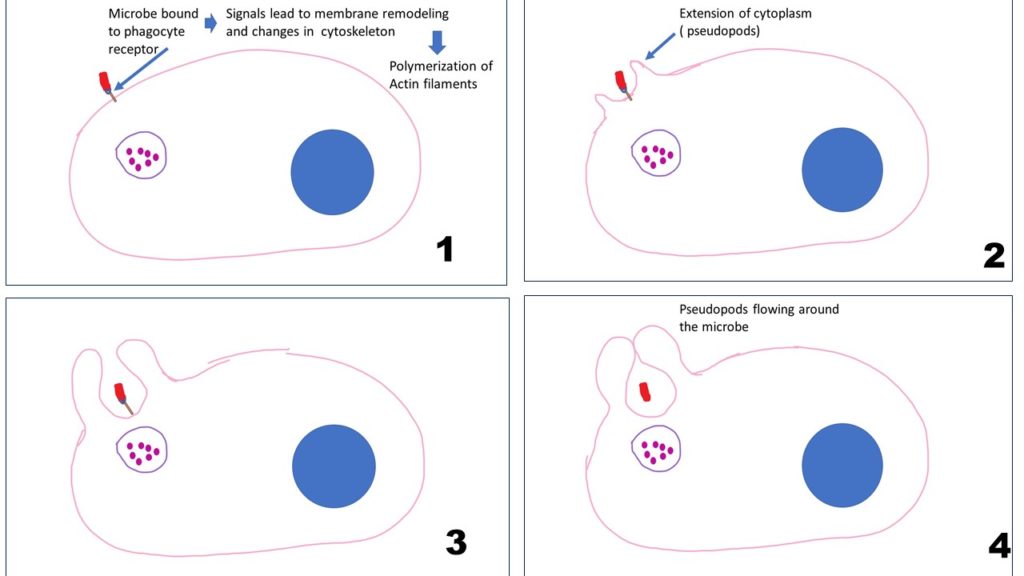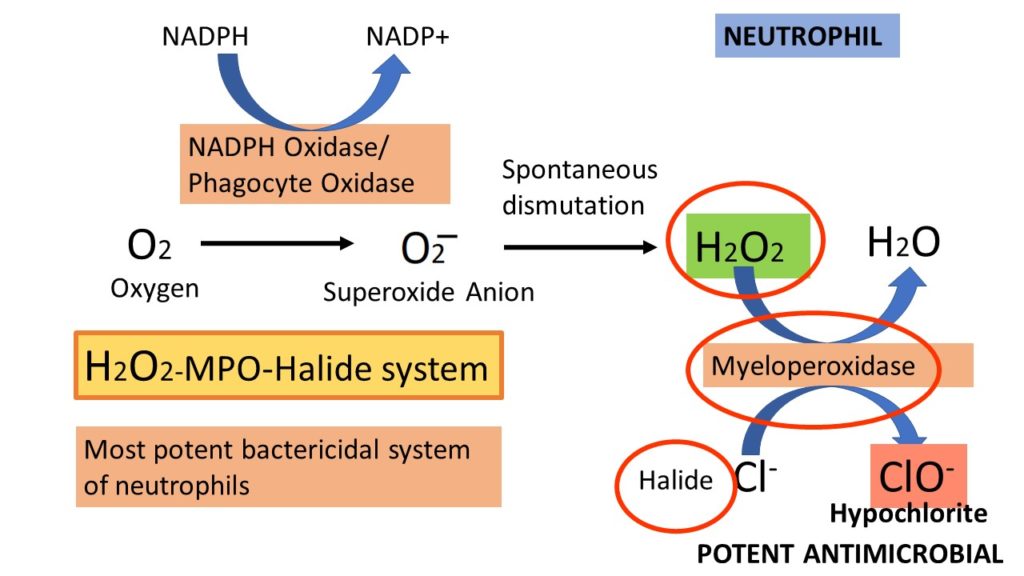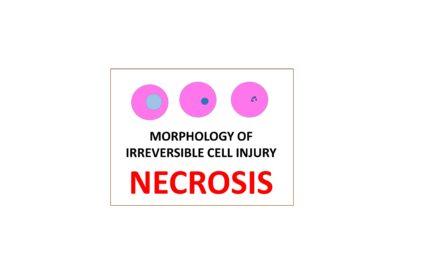Define Phagocytosis
It is A process Which involves the recognition , engulfment and digestion of
Microbes, dead cells an foreign bodies.
Greek word
Phagein, meaning “to devour” kytos, meaning “cell”, and –osis, meaning “process”)
Also referred to as “cell eating” in contrast to Pinocytosis which is called s cell drinking, meaning Engulfment of extracellular fluids.
What are phagocytes
These are Neutrophil,Monocyte & macrophages
How the stimuli( microbes/necrotic cells/foreign bodies) are recognized by the PHAGOCYTES?
The stimuli are recognised by means of phagocyte receptors. These include
Mannose receptors: Bind terminal mannose & fucose residues of glycoproteins & Glycolipids. These sugars are found in walls of microbes. Not found in mammalian cells
Scavenger receptors: Bind modified LDL particles. Also microbes
Opsonin receptors: Recognize opsonins. Opsonin: antibody that renders bacteria and other cells susceptible to phagocytosis. The opsonins include IgG, C3b, Mannose binding lectin
What happens when leukocytes are activated?
The folowing events happen
a. Phagocytosis & Destruction of Phagocytosed Microbes & dead cells: By Reactive oxygen & nitrogen species & lysosomal enzymes
b. Destruction of extracellular microbes & dead cells: By forming extracellular “traps”
c. Production of chemical mediators: these Amplify inflammation
Discuss the steps of phagocytosis
1. Recognition: by means of any of the receptors described above.
2. Engulfment: After Microbe binds to phagocyte receptor, the Signals lead to membrane remodeling and changes in cytoskeleton which further leads to Polymerization of Actin filaments. This results in Extension of cytoplasm ( pseudopods), flowing around the microbe. eventually The plasma membrane pinches off to form a vesicle called phagosome. Phagosome fuses with lysosome to form phagolysosome. The lysosomal granules break the particle ( microbe)
3. Killing and degradation: Occur in neutrophils and Macrophages
ByReactive oxygen species
Reactive nitrogen species
Lysosomal enzymes
The killing occur in phagolysosomes thus avoiding damage to cell’s cytoplasm and nucleus
The steps of phagocytosis are shown in the illustrations below
REACTIVE OXYGEN SPECIES
Produced by NADPH Oxidase (Phagocyte oxidase)
Phagocyte oxidase is present in the membrane of phagosome and lysosome
Thus ROS, can be produced in lysosome and Phagolysosome
The steps are described in the illustration below.
How does Hypochlorite destroy microbes
by
a. Halogenation: Halide is bound covalently to cellular components
b. Oxidation: Protein oxidation or lipid peroxidation
REACTIVE NITROGEN SPECIES: NO( Nitric oxide) can kill microbes similar to ROS. Peroxynitrite is formed when nitric oxide reacts with superoxide anion. peroxynitrite is a Highly reactive free radical
what the contents of leukocyte granules which help in killing
a. Bactericidal permeability increasing protein: Activates phospholipase and degrades membrane phospholipids
b. Lysozyme: Degrades bacterial coat oligosaccharide
c. Major Basic Protein: Cytotoxic for parasites
d. Defensins: Create holes in microbial membranes and kills them!
what are NEUTROPHIL EXTRACELLULAR TRAPS (NETs)
These are Are extracellular fibrillary networks produced by neutrophils which contain a framework of nuclear chromatin with granule proteins embedded in it.
NETs trap microbes in their fibrils and prevent their spread.
Click here to watch the Video tutorials of INFLAMMATION Part 3: Leukocyte Activation – PHAGOCYTOSIS










